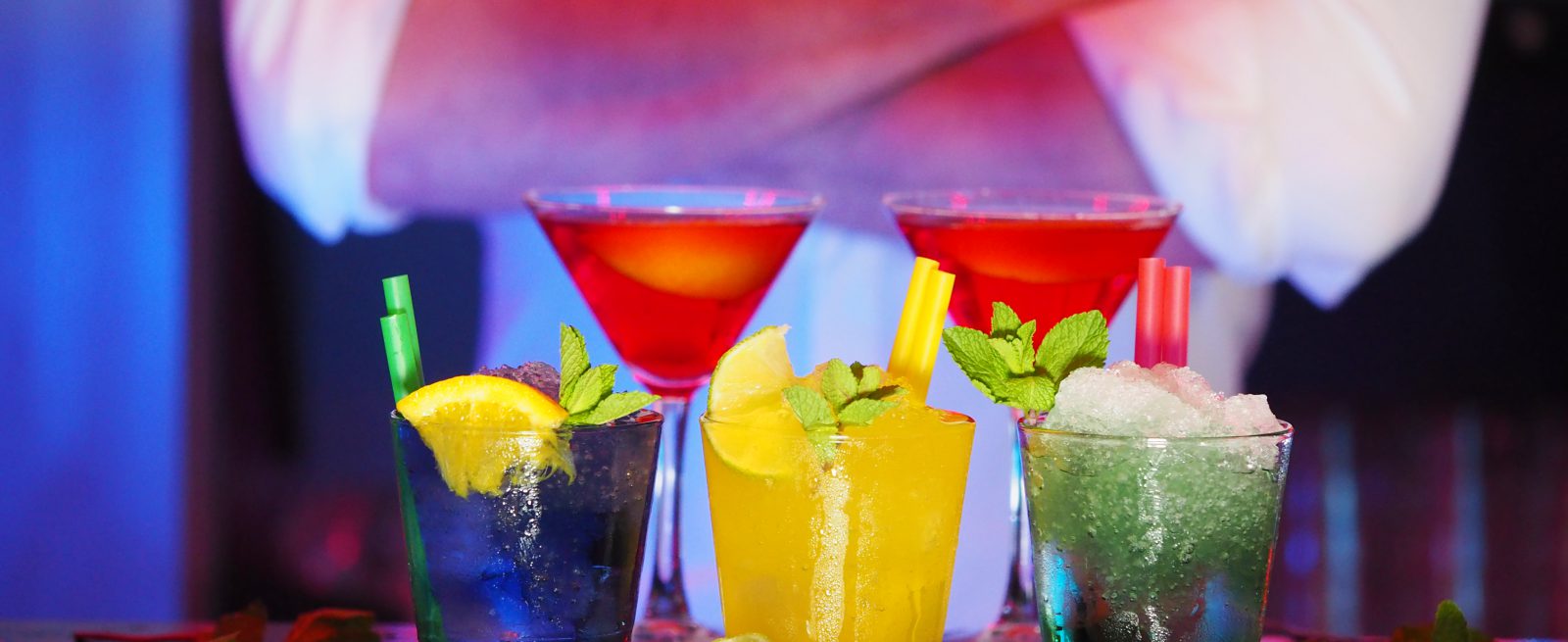What’s in a Name? Avoiding Pitfalls in Naming Alcoholic Beverage Products
5 Min Read By Judith L. Grubner
You recently started up a winery or distillery or are considering adding a new alcoholic beverage product to your current line. The Alcohol and Tobacco Tax and Trade Bureau determines whether you can label a particular alcoholic beverage “bourbon whisky” (Standards of Identity for Distilled Spirits, Code of Federal Regulations, Title 27, Part 5), but who determines if you can register the brand name you want to give to the bourbon? The U.S. Patent and Trademark Office (“PTO”) is authorized under the federal Lanham Act to decide if the name you have adopted for your alcoholic beverage is eligible for nationwide protection through a federal trademark registration.
One of the tests the PTO trademark examiners apply when considering a trademark application is whether the chosen mark is confusingly similar to a mark that has already been registered by another party or is the subject of a pending application with a filing date earlier than the new application. However, a mark is…
Sorry, You've Reached Your Article Limit.
Register for free with our site to get unlimited articles.
Already registered? Sign in!


